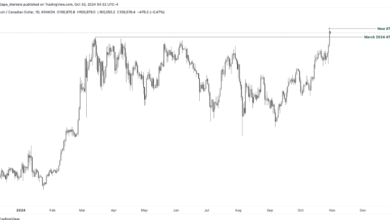20287415 Understanding Mobile Call Origins by Regional Area

The analysis of mobile call origins by regional area reveals significant insights into communication behaviors shaped by geography. Urban centers typically showcase higher call frequencies, driven by population density and robust infrastructure. In contrast, rural areas demonstrate a reliance on voice calls due to limited technological options. Understanding these dynamics can inform businesses on optimizing engagement strategies. However, the implications of these patterns extend beyond mere statistics, prompting further investigation into their broader effects on connectivity and consumer behavior.
The Impact of Geography on Mobile Call Patterns
Geography significantly influences mobile call patterns, shaping how and when individuals communicate across various regions.
Urban density fosters higher call volumes due to concentrated populations and enhanced infrastructure, while rural connectivity often suffers from limited service availability.
This disparity creates distinct communication behaviors, necessitating tailored approaches for improving connectivity in less populated areas, ultimately enhancing individual freedom to communicate irrespective of geographical constraints.
Technology Behind Call Tracking and Analysis
Advancements in technology have revolutionized the processes of call tracking and analysis, enabling more accurate and efficient communication monitoring.
Enhanced call routing systems utilize sophisticated algorithms to direct calls based on real-time data. Coupled with data analytics, these technologies facilitate the extraction of meaningful insights from call patterns, empowering organizations to optimize their communication strategies and improve overall service delivery.
Regional Trends in Mobile Communication
How do regional characteristics influence mobile communication trends?
Variations in mobile usage reflect distinct communication preferences across regions. Urban areas often exhibit higher smartphone penetration, fostering instant messaging and social media interactions.
Conversely, rural regions may prioritize voice calls due to infrastructure limitations.
These trends underscore the dynamic interplay between cultural factors and technological adoption, ultimately shaping how individuals connect and engage within their communities.
Implications for Businesses and Consumers
The implications of mobile communication trends for businesses and consumers are significant and multifaceted.
Understanding consumer behavior, particularly in regional contexts, allows businesses to tailor their strategies effectively. This data-driven approach enhances customer engagement and loyalty while optimizing resource allocation.
Consequently, businesses can devise robust business strategies that respond dynamically to shifting consumer preferences, fostering a competitive edge in the evolving marketplace.
Conclusion
In conclusion, the intricate relationship between geography and mobile call patterns reveals a landscape ripe for exploration. As urban centers pulsate with communication, rural areas cling to traditional voice calls, each revealing distinct trends and preferences. The implications for businesses are profound, yet lurking beneath the surface are challenges that may disrupt these established patterns. As technology evolves, will regions adapt, or will they remain tethered to their historical communication habits? The answer may redefine connectivity itself.



